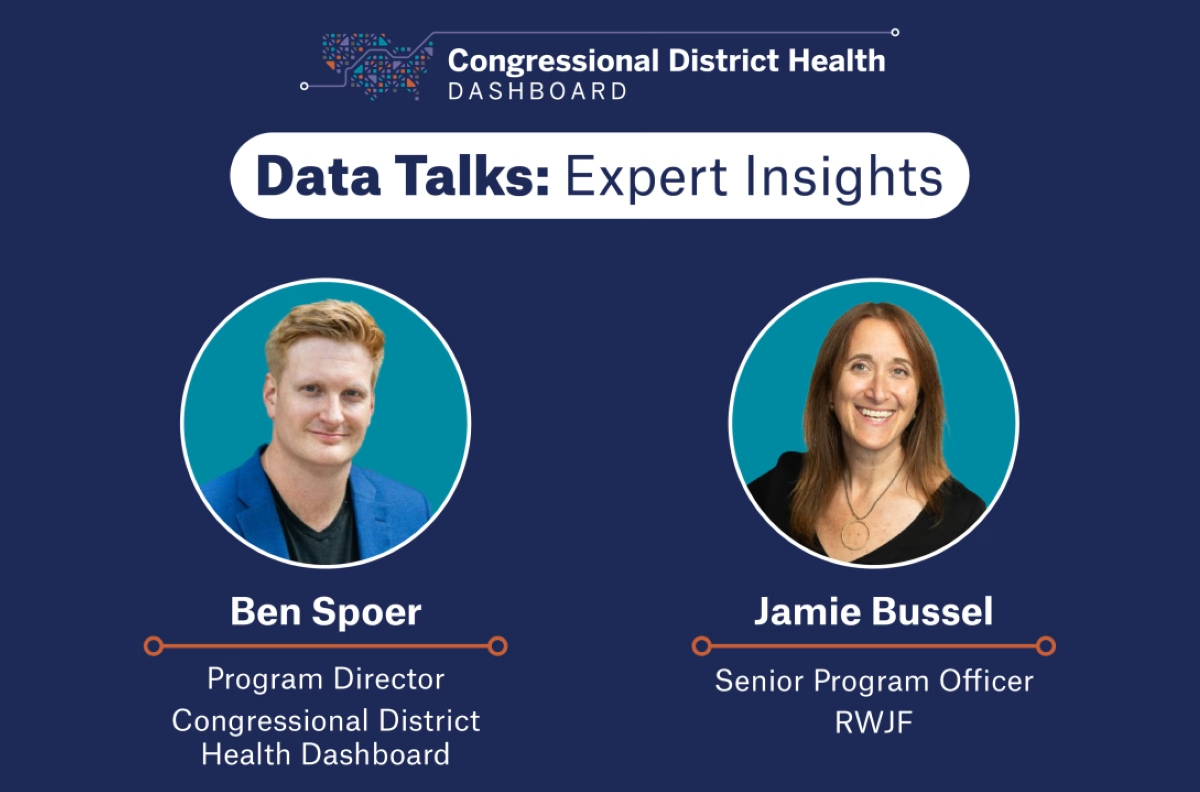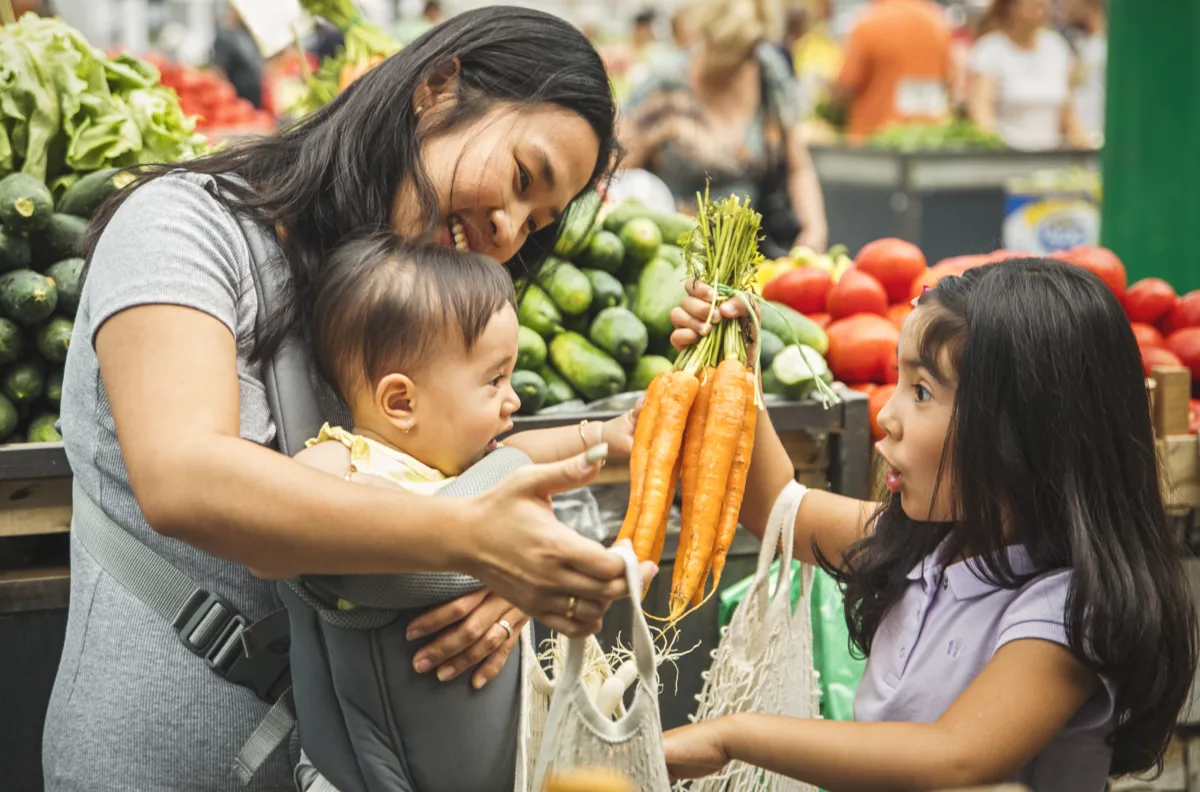In this climate of uncertainty during the coronavirus pandemic, families are enduring serious hardships. Apart from the immediate risk of getting COVID-19, many families are losing income, jobs, childcare or even their homes. A growing number are unable to afford enough food, and so food banks have become an essential resource. They are on the front lines daily, providing relief and supporting the health and safety of children and families across the country.
Families who experience hunger and food insecurity (the inability to afford enough food to support a healthy life) typically face multiple barriers to obtaining and purchasing healthy foods and beverages in their neighborhoods. This puts them at a greater risk for obesity and other diet-related health problems, including diabetes.
Food banks are always an essential part of the food system, but given the current strain on their resources and the anticipated increase in demand as a result of rising unemployment rates, they might find it’s more difficult than ever to meet the need.
In my community of Durham, North Carolina, the Food Bank of Central & Eastern North Carolina (FBCENC) has been aiding individuals and families in the Triangle area in a variety of ways. It has distributed over 3,000 family-sized boxes, containing 20 nutritious meals per box, to a network of disaster relief partner agencies and local school districts. FBCENC also is supporting its partner agencies, including local pantries, soup kitchens and shelters, with stocking of dry goods and shelf-stable items and making it accessible to families and seniors for an extended period of time.
But due to calls for social distancing and then a stay-at-home order here in North Carolina, FBCENC is struggling to meet the surge in demand. One reason is a lack of volunteers. Last month, before the stay-at-home order was in place, George Young, the head of FBCENC, acknowledged that volunteer support had likely dropped off because of concerns about coming to a public place. “Many volunteers are students who are now out of town due to the college closing or people who no longer want to expose themselves in public venues, despite sanitary measures the food bank is taking,” said Young.
In addition to volunteers, food banks also need more donations, both of food and money. Young says every donation makes a difference and explains how a $1 donation can buy up to $10 worth of food from supporting grocery stores that partner with the food bank.
At the end of March, the federal government took action to provide support to overburdened food banks around the country. The Families First Coronavirus Response Act (FFCRA) included $450 million in funding for The Emergency Food Assistance Program (TEFAP), which will help food banks maintain a sufficient stock of food and distribute it to people in need. But it’s likely not enough. According to Feeding America, the nation’s largest domestic hunger-relief organization with more than 200-member food banks across the country, food banks will need an additional $1.4 billion in resources over the next six months to support the expected increase in demand.
The coronavirus relief measures also provide critical flexibilities to federal nutrition programs, such as the Supplemental Nutrition Assistance Program (SNAP), which provides temporary benefits to help more than 38 million Americans afford food. Specifically, work requirements that are usually part of SNAP have been suspended, states can request emergency benefits for existing SNAP participants, and there is support to help cover meals that children normally get for free during school while schools remain closed. However, relief efforts have not increased the baseline SNAP benefits for those seeking food assistance for the first time, so food banks will likely continue to face increased demand.
We’re also learning that health issues such as diabetes put individuals at greater risk of serious illness related to COVID-19. This is why it’s extremely critical that food banks are able to offer healthier items. In early March, leading health experts released guidelines that focus on increasing access to healthier food choices in food banks, including fruits and vegetables, whole grains, low-fat dairy products and lean proteins.
The guidelines recommend dividing food products into 11 distinct food and beverage categories: fruits and vegetables, grains, protein, dairy, non-dairy alternatives, beverages, mixed dishes, processed and packaged snacks, desserts, condiments and cooking staples, and other miscellaneous items. They then suggest a three-tiered system – “choose often,” “choose sometimes” and “choose rarely” with stoplight symbols of “green,” “yellow” and “red.” A product is assigned a tier based on the quantities of saturated fat, sodium and added sugar it contains, with the goal of limiting the consumption of these nutrients.
Everyday food banks are a lifeline for many families. And, during times of crisis like this one, the need for their services increase. What food banks need now more than ever are resources. As soon as it’s safe, my family and I are planning to volunteer with FBCENC and offer a much-deserved in-person “thank you” for everything George and his team are accomplishing despite the immense strain they are experiencing. In the meantime, we are holding a virtual food drive with our neighborhood, family, and friends to help support the growing need in our community.


